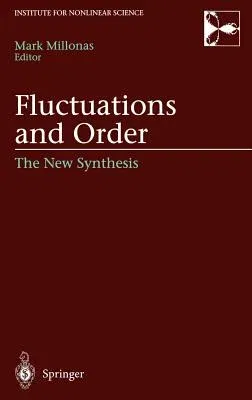The volume that you have before you is the result of a growing
realization that fluctuations in nonequilibrium systems playa much more
important role than was 1 first believed. It has become clear that in
nonequilibrium systems noise plays an active, one might even say a
creative, role in processes involving self-organization, pattern
formation, and coherence, as well as in biological information
processing, energy transduction, and functionality. Now is not the time
for a comprehensive summary of these new ideas, and I am certainly not
the person to attempt such a thing. Rather, this short introductory
essay (and the book as a whole) is an attempt to describe where we are
at present and how the viewpoint that has evolved in the last decade or
so differs from those of past decades. Fluctuations arise either because
of the coupling of a particular system to an ex- ternal unknown or
"unknowable" system or because the particular description we are using
is only a coarse-grained description which on some level is an
approxima- tion. We describe the unpredictable and random deviations
from our deterministic equations of motion as noise or fluctuations. A
nonequilibrium system is one in which there is a net flow of energy.
There are, as I see it, four basic levels of sophistication, or
paradigms, con- cerning fluctuations in nature. At the lowest level of
sophistication, there is an implicit assumption that noise is
negligible: the deterministic paradigm.

